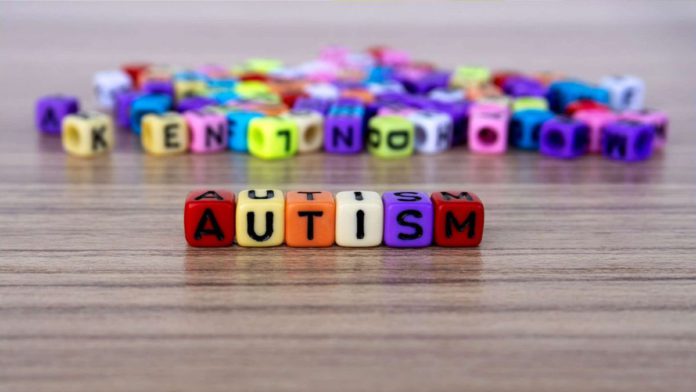A team of researchers from Northwestern University (NU) has successfully used machine learning to identify speech patterns in children with autism that were consistent between languages like English and Cantonese. The research suggests that speech features may be a valuable tool for diagnosing the condition.
The study concluded results that could assist scientists in differentiating between environmental and genetic factors shaping the communication capabilities of people with autism. The results can potentially help them research more about the condition’s origin and develop new therapies.
A team of NU scientists Molly Losh and Joseph C.Y. Lau, in collaboration with Hong Kong-based Patrick Wong, and his team, have successfully used supervised machine learning techniques to identify speech differences associated with autism.
Read More: Researchers Use Neural Network To Gain Insight Into Autism Spectrum Disorder
The data used recordings of English and Cantonese-speaking young people with and without autism telling their version of the story to train the algorithm. The stories were depicted in a wordless picture book for children.
According to Joseph Lau, using machine learning to recognize the critical elements of speech predictive of autism represented a crucial step forward for researchers. He added that research had been limited by English language bias in autism and humans’ subjectivity when categorizing speech differences between people with and without autism.
The researchers believe this study work has the potential to contribute to a better understanding of autism. AI has the potential to make the diagnosis of autism easier by reducing the burden on healthcare professionals and making autism diagnosis more accessible to the public.


